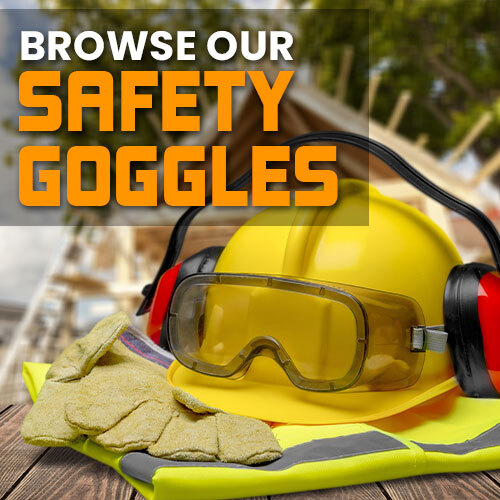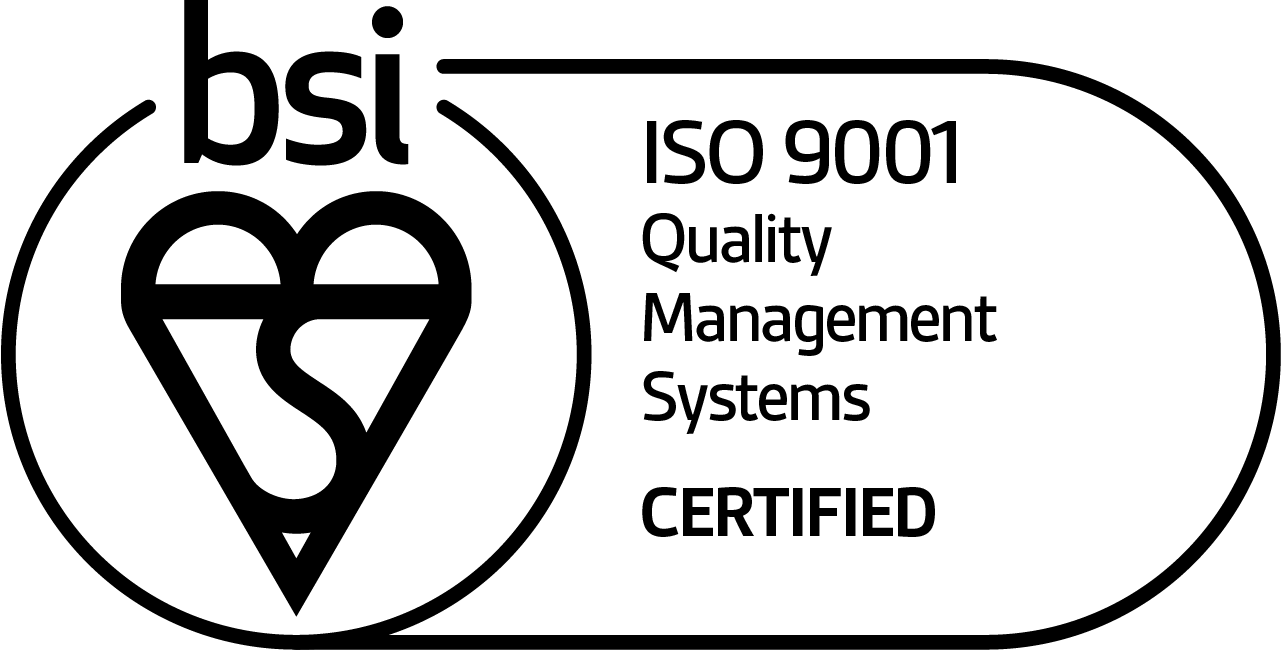| Guide to Full Face Masks and Respiratory Filters3 Comments19 July 2018 | Eugene If you're working in an environment where airborne particles are a hazard, then you're in need of more than just eye protection. Full face masks are the ideal solution, as they will protect your eyes from any harmful particles, while also accommodating particle filters that can spare your lungs the same fate. When choosing a full face mask to protect both your eyes and your lungs, your decision is twofold, as you'll need to know what your face shield stands up to, as well as your particle filter. That's where we can help. Which Standards Should I Look for?When it comes to full face masks and particle filters, there are three standards that are key: EN 136 , EN 14387 and EN 143. If you're looking for a full face mask and respiratory filter to protect your eyes, face and lungs, you'll need to make sure at least two of these three standards are specified. Simply put, EN 136 governs the quality of your full face mask, EN 14387 is concerned with the minimum requirements for gas filters and combined filters (gas and particles), while EN 143 is the standard for particle filters. We'll cover these in more detail below. EN 136 - Standard for Full Face MasksThis standard sets the minimum requirements for face masks that are used as part of a respiratory device, or any full face mask that includes a respiratory filter. A full face mask is defined as a protective mask that covers the eyes, nose, mouth and chin, and they are commonly made from natural rubber, silicone rubber, or EPDM with clear plastic visors. EN 136 certified masks are divided into three classes, with a Class 3 rating representing the highest level of protection. The classes are defined as follows: Class 1Full face masks rated class 1 are suitable for light duty work and are low maintenance. These masks provide enough protection for low danger environments, and are often disposable or designed for infrequent use. Class 2Class 2 full face masks are suitable for general duty work, and include maintainable parts. These masks will provide a higher level of protection, and are designed to be able to clean, repair or replace parts, making them suitable for frequent or everyday use over longer periods. An example of a Class 2 mask is the Portwest Vienna Full Face Mask P500BKR. Class 3This is the highest level of specification under EN 136. Class 3 masks are designed for heavy duty use and fire fighters, and carry the most protection, durability and maintenance ability of all face masks. An example of a Class 3 filter is the Portwest Helsinki Universal Thread Full Face Mask P516BLU. The classification system of EN 136 makes it easy to identify the general quality and protection level of your face mask at a glance. EN 136 specification is based on a number of requirements and tests, including:
EN 14387 - Standard for Gas and Combined FiltersThis standard governs the requirements for gas filters and combined filters as components in unassisted respiratory devices. Gas filters will protect from certain gases and vapours, while combined filters will do the same with the addition of protection from solid and liquid particles. Depending on their quality, applications and protection capacity, these filters are divided into a number of classes, each denoted by a certain colour. The table below shows a breakdown of these classes.
Each one of these class types is further classified in three further classes relating to filter absorption capacity. These classes are: Class 1 (Low Capacity) Suitable for pollutant concentration of < 0.1%, or up to 1000ppm. Class 2 (Average/Medium Capacity) Suitable for pollutant concentration of < 0.5%, or up to 5000ppm. Class 3 (High Capacity) Suitable for pollutant concentration of < 1%, or up to 10,000 ppm. Additional TypesGas and combination filters will often feature additional markings for specialised standards. These include:
EN 143 - Standard for Particle FiltersThis is the standard specifying the minimum requirements for particle filters for use as components of protective respiratory devices. It governs filters designed to protect you from solid or liquid particles in the air. This standard divided particle filters into three classes based on their level of filtering, each one being suitable for a different hazard. These classes are as follows: P1 (Low Filter Performance)P1 filters are defined as having a low performance, with a minimum of 80% efficiency. These filters are designed to protect from non-toxic dust and/or water-based aerosols. P2 (Medium Filter Performance)P2 filters are defined as having a medium or average level of performance, with a minimum of 94% efficiency. These filters are designed to protect from slightly toxic or irritating solid aerosols or liquids. P3 (High Filter Performance)P3 filters are defined as having a high level of performance, with a minimum of 97% efficiency. These filters are designed to protect from solid aerosols, or substances that are considered toxic. How to Choose Your Full Face Mask and Filter CombinationNow that we've gone over the relevant standards for full face masks and particle filters, you should be in a better place to decide which combination of mask and filter you need. One last consideration you may need to be aware of is the connection type of your filter and mask, as these will need to match up so you can use the two together. The two main connection types are as follows: Universal Thread COnnectionThis connection uses a twist-on thread connection. A suitable universal tread pairing would be the Portwest Helsinki Universal Thread Full Face Mask P516BLU and the Portwest P3 Particle Filter with Universal Thread P946BKR. This combination would provide:
Bayonet ConnectionThis connection uses a male-female connection type that clicks easily into place. Bayonet masks will often feature dual-bayonet connections that allow two filters to be placed on either side for better filtering and less obstructed view. A suitable bayonet connection pairing would be the Portwest Vienna Class 2 Full Face Mask P500BKR and the Portwest A2P3 Combination Filter Bayonet Connection P952BKR. This combination would provide:
Still Unclear?While we've broken down the main features and standards you need to know when choosing your full face masks and filters, these things can be tricky. If you have any questions or comments about full face mask or filter standards, let us know in the comments section below and we'll get back to you as soon as we can. |






Hello,
What mask u would advise to use at house cleaning while using products like bleach, mildew and limescale cleaning spray, and disinfectant liquids?
Thanks
Which filter would offer the most comprehensive protection when removing a large amount of black mold from a home.
A gas / particulate combination filter, and which one ?
Thank You / Michael.